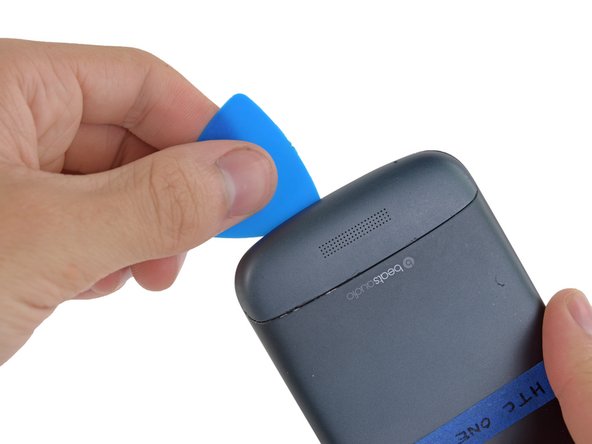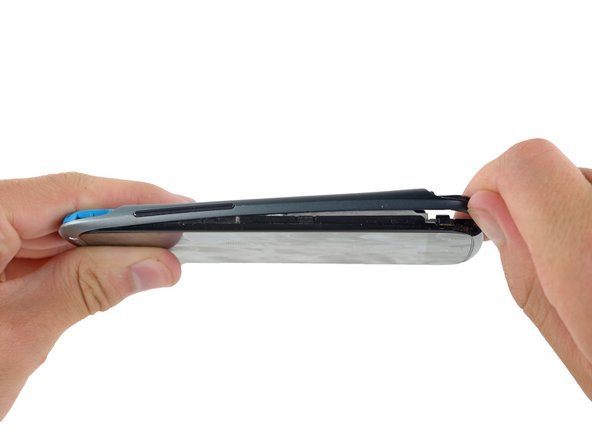Questa versione può contenere modifiche errate. Passa all'ultima istantanea verificata.
Cosa ti serve
-
-
Riempi una pentola o una padella con abbastanza acqua per immergerci un iOpener.
-
Scalda l'acqua finché non bolle. Spegni il fuoco.
-
Posiziona l'iOpener nell'acqua calda per 2-3 minuti. Assicurati che l'iOpener sia completamente immerso nell'acqua.
-
Usa delle pinze per estrarre l'iOpener scaldato dall'acqua calda.
-
Asciuga accuratamente l'iOpener con un asciugamano.
-
Il tuo iOpener è pronto all'uso! Se devi scaldare di nuovo l'iOpener, scalda l'acqua fino all'ebollizione, spegni il fuoco e immergi l'iOpener in acqua per 2-3 minuti.
-
-
Questo passaggio è privo di traduzione. Aiuta a tradurlo
-
Handling it by the tag, place the heated iOpener across the bottom casing.
-
-
-
Questo passaggio è privo di traduzione. Aiuta a tradurlo
-
Gently place an opening pick in the corner of the gap between the bottom casing and rear case.
-
Slide the opening pick along the side of the casing, prying it away from the adhesive as you go.
-
-
Questo passaggio è privo di traduzione. Aiuta a tradurlo
-
Use your fingers to pull the bottom casing off the rest of the phone.
-
-
Questo passaggio è privo di traduzione. Aiuta a tradurlo
-
Starting at the groove near the headphone jack, use a plastic opening tool to lift the top casing.
-
-
Questo passaggio è privo di traduzione. Aiuta a tradurlo
-
Use your fingers to pull the top casing off of the rest of the phone.
-
-
Questo passaggio è privo di traduzione. Aiuta a tradurlo
-
Remove the following screws holding the rear case to the rest of the phone:
-
Two 3.15 mm Phillips #00 screws
-
One 4.15 Torx T5 screw
-
One 4 mm Torx T5 screw
-
-
Questo passaggio è privo di traduzione. Aiuta a tradurlo
-
Place your fingers on either side of the phone and gently push up on the rear case.
-
-
Questo passaggio è privo di traduzione. Aiuta a tradurlo
-
Pull the rear case away from the rest of the phone with your hands.
-
-
Questo passaggio è privo di traduzione. Aiuta a tradurlo
-
Using the pointed end of a spudger, lift the battery cable and release the connector.
-
-
Questo passaggio è privo di traduzione. Aiuta a tradurlo
-
Switching to the flat end of the spudger, work your way underneath the battery and peel it away from the adhesive.
-
Annulla: non ho completato questa guida.
Altre 12 persone hanno completato questa guida.
4 Commenti
Hello thank you for the guide. Getting the backplate off was tough. When assembling a little rubber block was loose. this goes next to the motor























